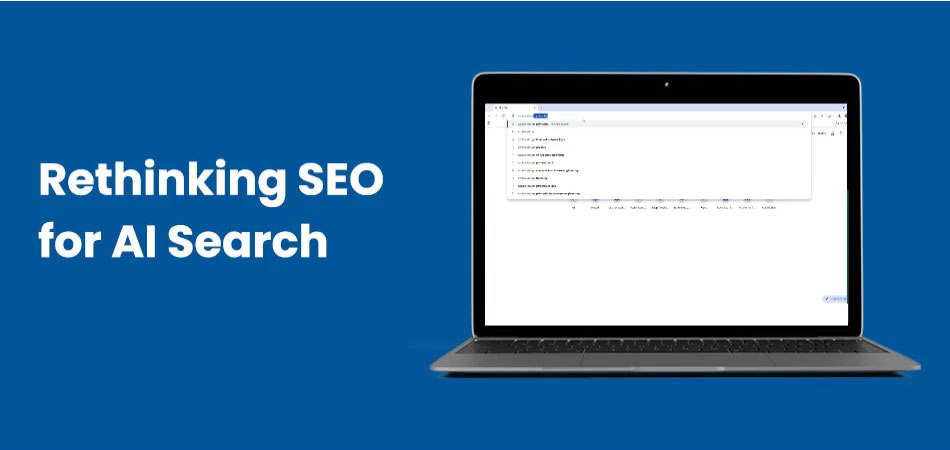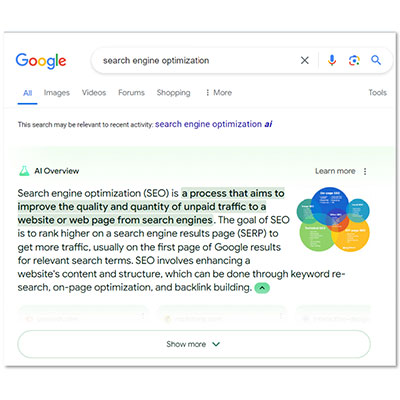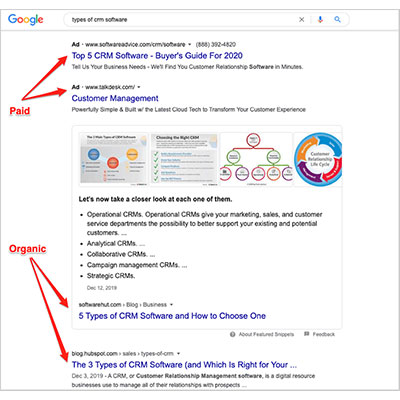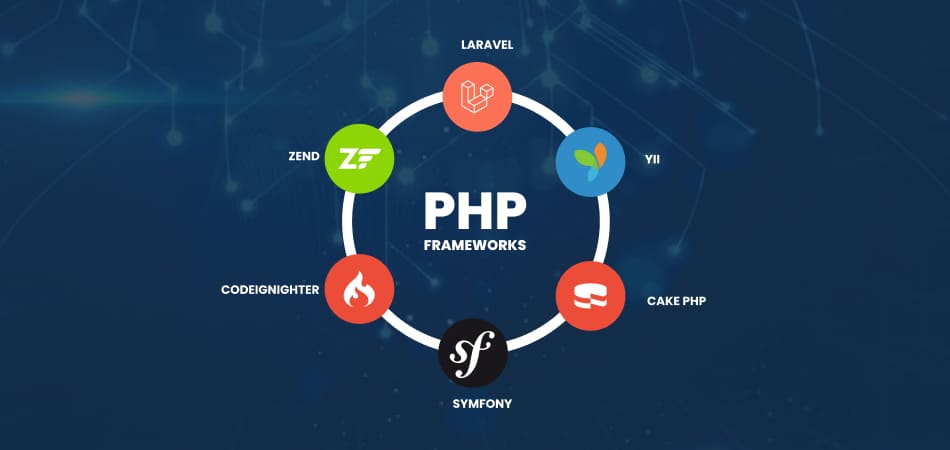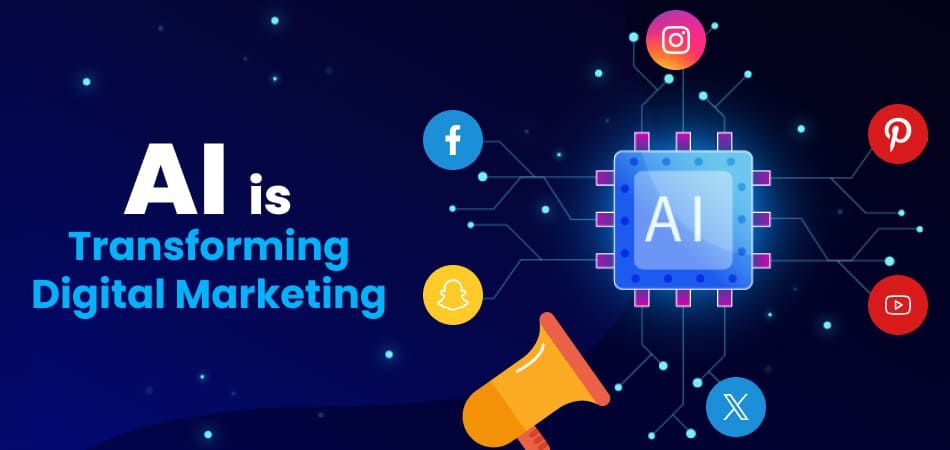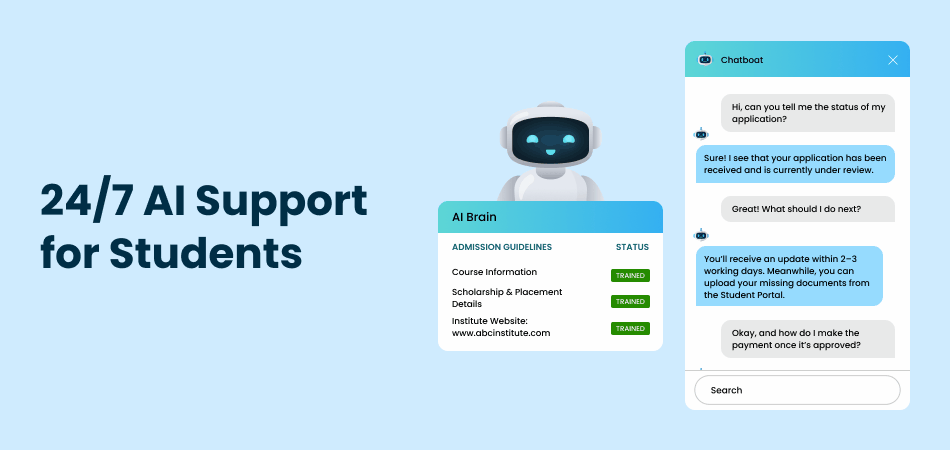Table of Contents
- Introduction
- Why AI Is Forcing an SEO Revolution
- Key Differences: Traditional SEO vs AEO & GEO
- The AI Search Ecosystem
- Tactics for Conversational SEO
- Voice, Visual & Zero-Click Search
- Measuring Impact & ROI
- Case Studies
- Future Trends
- Summary & Action Plan
1. Introduction
Over the past decade, search engine optimization (SEO) was a dance around keywords: picking high-volume phrases, tweaking META tags, and
encouraging backlinks. Fast forward to 2025, and the rise of AI-powered search—Google’s “AI Overviews” and “AI Mode,” ChatGPT, Perplexity, and Bing AI—is
fundamentally restructuring how people search and how marketers need to rank. Users no longer type “best running
shoes”; they now ask, “What are the best running shoes for trail running under ₹10,000?”
This shift is more than linguistic—it’s structural. AI search delivers
direct answers, prioritizes user intent, and emphasizes structured, conversational content. If you’re a digital marketer, understanding this shift from keyword fragments to
full-sentence queries is no longer optional—it’s essential.
In this post, we’ll examine
- How AI has disrupted traditional keyword-centric SEO
- Generative Engine Optimization (GEO) and Answer Engine Optimization (AEO) have gained popularity.
- Practical strategies to thrive in this new age
- Tools, metrics, case studies, and an action plan
2. Why AI Is Forcing an SEO Revolution
AI-driven search is redefining user expectations and behavior.
- Zero-click search: Up to 60% of search journeys now end without a click, thanks to AI summaries.
- Conversational user behavior: Long-form questions like “How do I optimize for AI search?” are overtaking traditional keyword queries.
- Volatility in rankings: AI systems update frequently; traditional SERP rankings fluctuate more.
- Authority & context over keywords: AI prioritizes trusted, authoritative sources with strong E‑E‑A‑T
3. Key Differences: Traditional SEO vs AEO & GEO
| Aspect | Traditional SEO | Answer Engine Opt. (AEO) | Generative Engine Opt. (GEO) |
| Goal | Rank in SERPs | Earn featured snippet or AI answer inclusion | Be cited in generative AI summaries |
| Content style | Keyword-dense, page-structured | Conversational Q&A, question-answer format | In-depth, authoritative, well-structured data |
| Key metrics | Ranking, CTR, backlinks | Snippet inclusion, snippet CTR, voice result accuracy | Citation frequency in AI outputs, referral traffic |
| SEO tools | SEMrush, Ahrefs | AEO tools, conversational analytics | GEO toolkits, AI visibility analytics |
| Technical focus | Basic schema, speed | FAQ schema, knowledge graph markup | Detailed entity markup, structured JSON-LD data |
- AEO optimizes for Q&A format; content is crafted to answer specific user questions clearly and concisely.
- GEO targets AI summaries, requiring deep content enriched with authoritative quotes and structured data.
4. The AI Search Ecosystem
The search landscape is now multi-layered:
4.1 Google SGE—AI Overviews & AI Mode
- AI Overviews launched globally in late 2024, summarizing directly on SERPs.
- AI Mode (as of March 2025) delivers comprehensive conversational responses to complex queries.
4.2 ChatGPT & Bing AI
- ChatGPT processes ~1 billion queries weekly but still trails Google in raw volume.
- Brands are optimizing to appear in ChatGPT or Perplexity answers via AEO/GEO.

4.3 Perplexity & Others
- These tools include citation links, making branded, well-sourced content more valuable.
Visual representation suggestion:
- Flowchart showing user → AI → summary or answer → branded site OR click-through.
5. Tactics for Conversational SEO
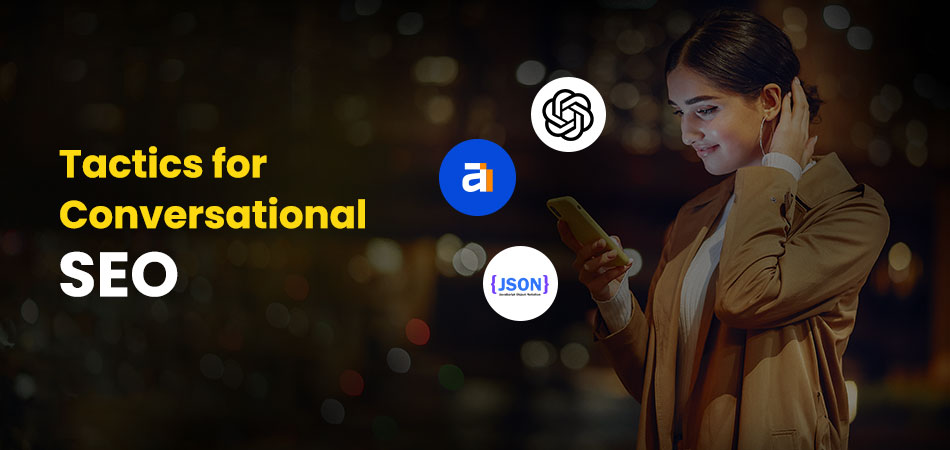
5.1 Keyword Research for Long-Tail Phrases
Use tools like AnswerThePublic, ChatGPT prompts, and Ahrefs.
- “best budget smartphones April 2025, India”
- “How do I optimize content for Google AI Mode?”
5.2 Schema & Structured Data
- Use FAQPage, HowTo, QAPage, and Product schema.
- Entities should be marked up (JSON-LD).
5.3 Build Authority & Citability
- Publish expert roundups; quote authorities.
- Earn links and backlinks.
- Use data-driven content and original research.
5.4 Technical Optimization
- Fast-loading, mobile-responsive pages.
- Site architecture supports logical parsing by AI.
5.5 Conversational Tone
- Replace robotic wordings with everyday speech.
- Use pronouns and simple structures. Back Market saw improvements using more conversational product descriptions.
5.6 Predictive & Visual Search Optimization
- Predict queries with AI tools.
- Optimize alt-text and high-quality images for visual search.
6. Voice, Visual & Zero-Click Search
6.1 Voice Search
- Optimize for natural questions: who, what, how, and where.
- Add FAQs and ensure mobile speed and schema markup.
- Maintain local SEO elements—GBP, NAP consistency.
6.2 Visual Search
- Use structured alt-text; apply object annotations to images.
6.3 Zero-Click Search
- Include a CTA in answer snippets (e.g., “Learn more about…”).
- Offer deeper value than the AI summary.
- Track featured snippet visibility and CTR.
7. Measuring Impact & ROI

Tracking AI visibility requires new metrics:
- Snippet & citation share: appearances in AI Overviews, ChatGPT, and Perplexity.
- Voice SERP presence: tools like SEMrush track “spoken by assistant” stats.
- Structured data coverage: errors and warnings via Google Search Console.
- Conversational keyword performance: track long-tail queries.
- AI referral traffic: analytics source tags.
- Backlink & authority growth: brand mentions, featured citations.
Use AEO/GEO systems plus traditional GA and Search Console for a blended view.
8. Case Studies
8.1 Back Market
- Adopted conversational product descriptions for ChatGPT queries.
- Saw a 470× increase in AI referral traffic (though it began small).
8.2 Mailchimp (Intuit)
- Enhanced crawling and technical SEO to ensure AI-readability
- Focus: site speed, structured code, schema.
8.3 SMB featuring Local SEO
SMB refers to Small and Medium-sized business.
Example: A Mohali café
- Optimized FAQ: “What are your opening hours today?”
- Applied FAQ Page schema
- Result:Included in voice assistant responses and local snippets
8.4 Reddit and Expert Roundups
- Roundups lead to structured quotes that drive AI answer engine citations.
9. Future Trends
- AI ad-spend explosion: AI search ads are forecast to reach $26 B in the U.S. by 2029.
- Monetization of AI answers: ads and affiliate links may appear inside AI Overviews/Mode.
- Personalization growth: AI will tailor answers to individuals—requiring hyper-targeted content.
- Regulatory changes: publishers are pushing back over content usage.
- Hybrid search models: More AI/judgment + SERP combos—requiring flexible SEO tactics.
10. Summary & 90-Day Structured Action Plan
Core Takeaways:
- SEO is now conversational, structured, authoritative.
- Implement AEO and GEO strategies focusing on Q&A formats and entity markup.
- Measure AI visibility—not only traditional rankings.
- Prepare for AI ad placement and snippet monetization.
90-Day Plan:
| Week | Focus area | Actions |
| 1–2 | Audit & Strategy | Analyze current footprint, identify top-ranked AI answers |
| 3–6 | Content Conversion | Create Q&A content, update schema, optimize FAQs |
| 7–10 | Technical Rollout | Improve mobile speed, fix structured data errors |
| 11–12 | Measurement & Reporting | Set AI metrics, set up tools, track performance |
By adopting this strategy, your brand can fuel AI visibility,
retain organic traffic,
and stay ahead as Google’s AI search ecosystem evolves.
Conclusion
SEO is no longer about stuffing keywords or chasing link counts—it’s now
about being conversational, structured, and
authoritative in the age of AI answers. Brands that
embrace AEO and GEO, develop content that AI loves, and measure beyond clicks will thrive in this new
era.
So start today: convert your best content into Q&A format, invest in
schema, and position your brand as the trusted voice AI answers quotes.
